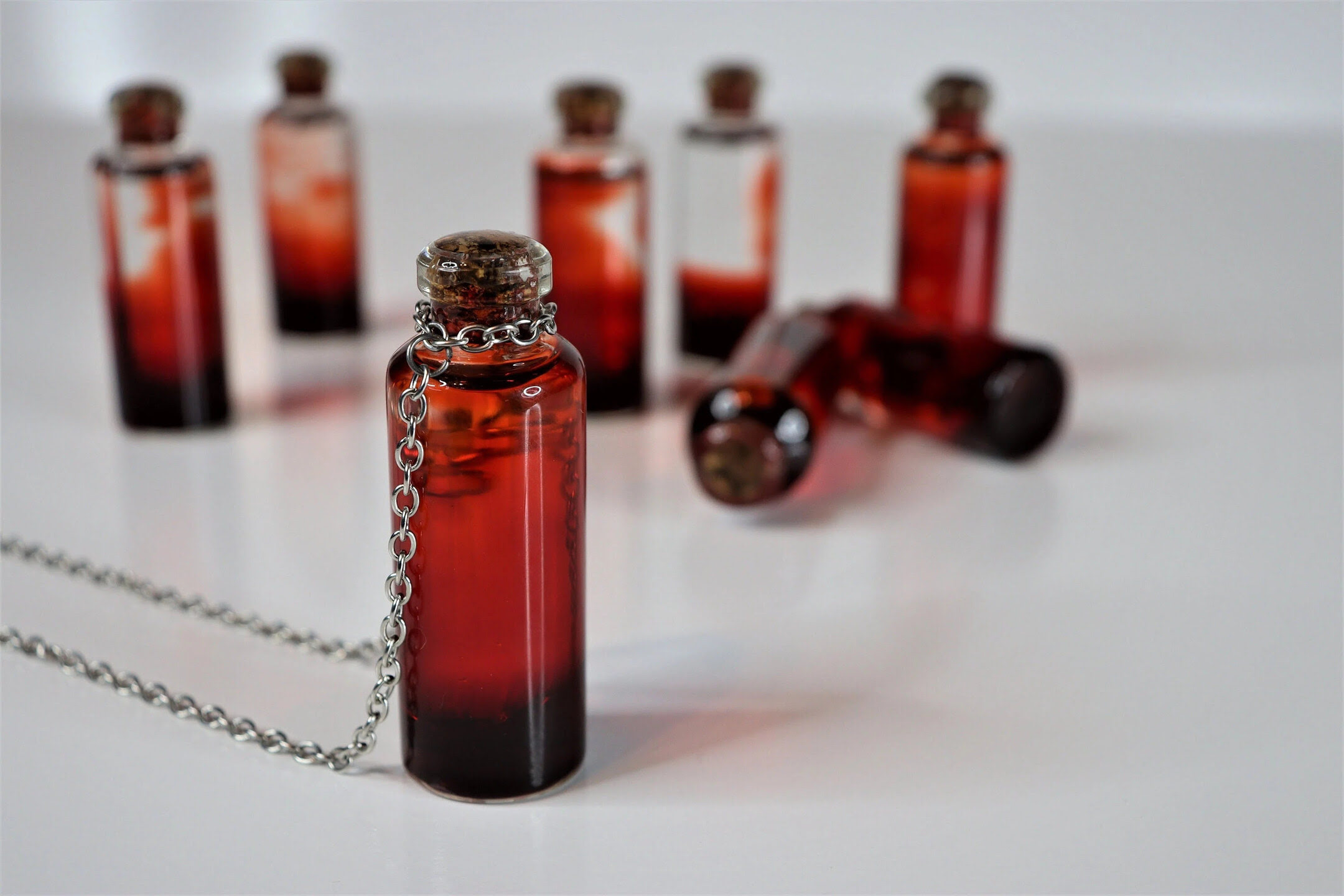

Articles
How To Store Blood In A Vial
Modified: January 8, 2024
Learn how to properly store and preserve blood in a vial with our informative articles. Ensure the longevity and quality of your blood samples.
(Many of the links in this article redirect to a specific reviewed product. Your purchase of these products through affiliate links helps to generate commission for Storables.com, at no extra cost. Learn more)
Introduction
Proper blood storage is crucial for preserving the integrity and viability of blood samples. Whether for medical research, diagnostic testing, or transfusion purposes, maintaining the quality of stored blood is of utmost importance. Storing blood in vials allows for easy handling, transportation, and retrieval of samples when needed.
In this article, we will explore the importance of proper blood storage and provide a step-by-step guide on how to store blood in a vial. We will also discuss best practices, common mistakes to avoid, and offer tips for maintaining blood sample integrity during storage.
Understanding the proper techniques for blood storage is essential to ensure accurate diagnosis, reliable research results, and safe transfusions. By following the correct procedures, one can minimize the risk of sample degradation and contamination, and maximize the usefulness of the stored blood.
So, let’s delve into the world of blood storage and uncover the secrets to proper blood storage in a vial.
Key Takeaways:
- Proper blood storage in vials is essential for maintaining sample integrity, ensuring accurate test results, and promoting patient safety. By following the guidelines and best practices outlined in this article, you can effectively store blood samples and contribute to reliable diagnostic testing, research advancements, and safe transfusions.
- Factors such as vial selection, sterilization, temperature control, and proper labeling are crucial for maintaining the integrity and viability of blood samples. Adhering to these guidelines enhances the accuracy and traceability of blood samples throughout the storage period.
Read more: How To Store Period Blood
Importance of Proper Blood Storage
Proper blood storage is paramount for several reasons. First and foremost, it ensures that the quality and integrity of the blood sample remain intact. Blood samples are often used for diagnostic testing, research, and determining compatibility for transfusions. If the blood is improperly stored, it can lead to inaccurate test results or compromised blood products, posing risks to patient care.
Another crucial aspect is maintaining the viability and functionality of blood components. Blood contains various components such as red blood cells, white blood cells, plasma, and platelets, each playing a unique role in bodily functions. The viability of these components greatly affects the reliability of any tests or experiments conducted using the blood sample.
Proper storage conditions preserve the characteristics of the blood components, allowing them to be used for extended periods. This is especially important for scientific research projects or long-term storage needs. Additionally, blood components used for transfusions must be stored properly to ensure their effectiveness in replenishing a patient’s blood supply.
Environmental factors, such as temperature, light exposure, and humidity, can greatly impact the stability and longevity of blood samples. Exposure to suboptimal conditions can lead to denaturation of proteins, hemolysis, degradation of enzymes, and changes in cell morphology. These alterations can render the blood sample unusable or compromise research outcomes.
Furthermore, appropriate storage methods help prevent contamination. Aseptic techniques, such as using sterile vials and maintaining a clean environment, reduce the risk of bacterial or fungal growth in the stored blood. Preventing contamination is vital to ensure accurate test results and avoid potential harm to patients during transfusions.
In summary, proper blood storage is essential to maintain sample quality, preserve the viability and functionality of blood components, and prevent contamination. By adhering to proper storage protocols, healthcare professionals, researchers, and blood bank personnel can ensure the reliability and safety of blood samples for diagnostic testing, research, and transfusion purposes.
Factors to Consider Before Storing Blood in a Vial
Before storing blood in a vial, there are several factors that need to be taken into consideration to ensure optimal sample preservation and accuracy of any subsequent testing or analysis. These factors include:
1. Vial Selection:
Choosing the right type of vial is crucial for blood storage. The vial should be made of a material that is compatible with blood components and does not interact with the sample. Commonly used vial materials include glass and plastic. Glass vials are preferred when long-term storage is required, as they offer better protection against light and temperature fluctuations. Plastic vials are lightweight and suitable for short-term storage or transportation purposes.
2. Sterility:
Ensuring that the vials and all equipment used during the blood collection process are sterile is essential. Contamination can compromise the integrity of the blood sample and lead to inaccurate test results or potential health risks during transfusions. It is important to follow proper aseptic techniques, such as using sterile gloves, needles, and vials, as well as working in a clean environment.
Read more: How To Store Blood Worms
3. Anticoagulants and Additives:
Depending on the intended use of the blood sample, specific anticoagulants or additives may need to be added to the vial. These substances prevent blood clotting, stabilize the sample, or preserve specific components. Commonly used anticoagulants include EDTA, heparin, and citrate, while additives like cryoprotectants can be used for long-term storage or freezing.
4. Temperature Control:
Temperature plays a critical role in maintaining the stability and longevity of blood samples. The recommended temperature for blood storage depends on the intended use. For short-term storage, refrigeration at a temperature between 2-8°C is typically sufficient. For long-term storage, lower temperatures, such as -20°C or -80°C, may be required. It is crucial to monitor and maintain the designated temperatures throughout the storage period to prevent sample degradation.
5. Labeling and Documentation:
Proper labeling and documentation are essential for accurate identification and tracking of blood samples. Each vial should be labeled with the patient’s unique identification information, date and time of collection, and any relevant details such as sample type or specific studies being conducted. Documentation should also include the storage conditions and any changes in temperature or handling during storage.
By taking these factors into consideration, healthcare professionals and researchers can ensure the integrity, viability, and traceability of blood samples stored in vials. This attention to detail is crucial for maintaining accurate test results, facilitating research, and promoting patient safety when transfusions are required.
Step-by-Step Guide on How to Store Blood in a Vial
Properly storing blood in a vial requires attention to detail and adherence to specific procedures. Below is a step-by-step guide to help you store blood samples effectively:
Read more: How To Open Glass Vials
Step 1: Gather Necessary Materials
Before beginning the blood collection and storage process, gather all the necessary materials. These may include sterile vials, anticoagulants or additives, syringes, needles, alcohol swabs, gloves, and labels. Ensure that all equipment is clean and in proper working condition.
Step 2: Prepare the Vial
Start by preparing the vial for blood collection. Ensure that the vial is sterile and free from any contaminants. Select the appropriate size vial based on the volume of blood to be collected.
Step 3: Collect Blood Sample
Follow proper aseptic techniques to collect the blood sample. Clean the site of blood collection with an alcohol swab and allow it to dry. Use a sterile needle and syringe to collect the desired volume of blood. Take care not to introduce air bubbles into the syringe, as this can affect the integrity of the sample.
Step 4: Transfer Blood to the Vial
Once the blood sample is collected, carefully remove the needle from the syringe. Place the syringe at an angle, allowing the blood to flow smoothly, and slowly transfer the blood into the labeled vial. If using an anticoagulant or additive, add the specified amount to the vial and gently mix it with the blood to ensure proper sample preservation.
Read more: How To Get Blood Out Of Clothes
Step 5: Seal and Label the Vial
After transferring the blood, securely seal the vial to prevent any leakage or contamination. Apply enough pressure to ensure a tight seal without damaging the vial or causing blood spillage. Label the vial with the necessary information, including the patient’s identification details, date and time of collection, and any relevant additional information. Proper labeling is crucial for sample identification and traceability.
Ensure that the labeled vial is placed in an appropriate storage container or rack. If refrigeration or freezing is necessary, follow the recommended temperature guidelines and transfer the vial to the designated storage area accordingly.
By following these step-by-step instructions, you can effectively store blood samples in vials, maintaining their integrity and ensuring their usefulness for diagnostic testing, research purposes, or safe transfusions.
Best Practices for Blood Vial Storage
To ensure the longevity and integrity of blood samples stored in vials, following best practices is essential. Implementing these practices will help maintain sample quality, minimize the risk of contamination, and ensure accurate test results. Here are some best practices for blood vial storage:
1. Temperature Control:
Maintain proper temperature control throughout the storage process. For short-term storage, refrigerate blood vials at a temperature between 2-8°C. For long-term storage, consider freezing the blood samples at -20°C or -80°C as required. Regularly monitor and document the storage temperature to prevent any temperature fluctuations that may compromise sample integrity.
2. Light Protection:
Avoid exposing blood vials to direct light. Light exposure can lead to the degradation of certain components in the blood, such as vitamins, enzymes, or proteins. Store the vials in light-protected containers, such as dark-colored or opaque boxes, or place them in locked cabinets away from windows or direct light sources.
Read more: How To Get Blood Stains Out Of White Duvet
3. Security and Access Control:
Ensure that the stored blood vials are secure and have limited access to authorized personnel. Maintain a proper storage system with secure locks and access control measures. Clearly designate specific areas for blood vial storage and restrict entry to authorized personnel only. This helps prevent unauthorized access, accidental spillage, or sample mix-ups.
4. Organization and Inventory Management:
Establish a systematic approach for organizing and managing blood vials. Use clear labels on each vial with essential information, such as the patient’s identification details, collection date, and other relevant information. Implement an inventory management system to track the number of vials, their storage location, and expiration dates if applicable.
5. Regular Monitoring and Inspection:
Regularly perform visual inspections and quality checks on stored blood vials. Check for any signs of leakage, damage, or contamination. Monitor storage temperature and humidity levels routinely to ensure they remain within the recommended range. Perform regular inventory audits to reduce the chances of sample loss or expiration.
6. Documentation and Record-Keeping:
Maintain accurate and up-to-date documentation for all blood vials stored. Document the storage conditions, including temperature, duration, and any changes or incidents that may occur during storage. Keep records of inventory, sample information, and any actions taken related to storage or sample retrieval.
Adhering to these best practices will help ensure the integrity and stability of blood samples stored in vials. By implementing proper temperature control, light protection, security measures, organization, regular monitoring, and documentation, healthcare professionals, researchers, and blood bank personnel can maintain the quality and reliability of stored blood samples for diagnostic testing, research purposes, and safe transfusion.
Common Mistakes to Avoid When Storing Blood in a Vial
Proper storage of blood samples in vials is vital to maintain their integrity and prevent any potential issues that may compromise the quality of the sample. To ensure accurate test results and minimize the risk of sample degradation or contamination, it is important to avoid these common mistakes when storing blood in a vial:
1. Insufficient Sterilization:
One common mistake is failing to properly sterilize the vial, as well as the equipment used during the blood collection and storage process. This can introduce bacteria or other contaminants into the blood sample, compromising its quality and potentially leading to inaccurate test results. Always follow proper aseptic techniques and use sterile equipment to prevent contamination.
2. Inadequate Labeling:
Properly labeling the vial is essential for accurate identification and traceability. Failing to label the vial with the necessary information, such as patient identification details, collection date, and any relevant additional information, can lead to confusion and potential errors in sample identification. Always ensure that each vial is clearly labeled before storage.
3. Poor Temperature Control:
Improper temperature control is a significant mistake to avoid. Blood samples should be stored at the recommended temperature based on the intended storage duration. Failure to maintain the temperature within the specified range can lead to sample degradation, loss of viability, or altered test results. Regularly monitor and document the storage temperature to ensure sample integrity.
Read more: How To Clean Blood From Carpet
4. Excessive Light Exposure:
Exposing blood vials to direct light can cause degradation of certain components in the blood. Avoid keeping vials in areas with strong light sources or sunlight, as this can lead to the breakdown of sensitive components, such as vitamins or proteins. Store the vials in light-protected storage containers or cabinets.
5. Inadequate Security Measures:
Neglecting proper security measures can put blood samples at risk of unauthorized access, tampering, or accidental spillage. Implementing secure storage systems, including locked cabinets or restricted access areas, helps prevent unauthorized handling and ensures the integrity of the samples.
6. Failure to Follow Storage Time Limits:
Blood samples have specific storage time limits depending on the intended use. Ignoring these time limits can lead to sample deterioration or the formation of artefacts, potentially affecting reliability and accuracy. Adhere to the recommended storage time limits to maintain sample quality and integrity.
By avoiding these common mistakes, healthcare professionals, researchers, and blood bank personnel can ensure the reliability and safety of blood samples stored in vials. Proper sterilization, labeling, temperature control, light protection, security measures, and adherence to storage time limits are crucial for maintaining sample quality and achieving accurate test results.
Tips for Maintaining Blood Sample Integrity During Storage
Proper storage of blood samples is crucial for maintaining their integrity and ensuring reliable test results. By implementing these tips, you can effectively preserve the quality, viability, and accuracy of blood samples during storage:
Read more: How To Get A Blood Stain Out Of A Carpet
1. Handle Samples with Care:
When handling blood samples, it is important to exercise caution and handle them gently. Vigorous shaking or rough handling can cause hemolysis and affect the integrity of the blood cells. Treat the samples delicately to avoid disrupting the cellular components and maintain the sample’s integrity.
2. Use Suitable Storage Containers:
Select appropriate storage containers that are designed for preserving blood samples. Consider using vials made of materials that are compatible with blood components and resistant to biochemical reactions. Ensure the containers are sterile and able to withstand the specific storage conditions required, such as temperature and light exposure.
3. Maintain Consistent Temperature:
Consistent temperature control is crucial for preserving blood sample integrity. Fluctuations in temperature can lead to denaturation of proteins, hemolysis, or cell damage. Use temperature-controlled storage units to maintain the recommended storage temperature consistently. Regularly monitor and document the temperature to ensure it stays within the desired range.
4. Minimize Light Exposure:
Shield blood samples from excessive light exposure. Exposure to light, especially direct sunlight or UV light, can cause degradation of photosensitive components and alter the sample’s integrity. Store the samples in light-protected containers or cabinets that have minimal exposure to light to prevent degradation.
Read more: How To Get Blood Out Of A White Blanket
5. Avoid Freeze-Thaw Cycles:
Repeated freeze-thaw cycles can affect the stability and quality of blood samples. It is advisable to aliquot, or divide, the blood into smaller portions before freezing to minimize the need for repeated thawing of the entire sample. This helps to maintain the integrity of the remaining aliquots and reduces the risk of sample degradation.
6. Regularly Monitor Sample Stability:
Periodically assess the stability and viability of stored blood samples. This can be done by examining visual characteristics, such as color, clarity, and presence of clots or particles. Additionally, perform regular quality control tests to ensure sample integrity and accuracy, especially for stored samples used for diagnostic purposes.
7. Properly Document Storage Conditions:
Maintain accurate and detailed records of the storage conditions for each blood sample. Document the storage temperature, duration, any temperature fluctuations, and any incidents or changes that may occur during storage. This documentation ensures traceability and facilitates the identification of any potential issues that may arise during the storage period.
By following these tips, healthcare professionals, researchers, and blood bank personnel can effectively preserve the integrity of blood samples during storage. Proper handling, suitable storage containers, consistent temperature control, light protection, avoiding freeze-thaw cycles, regular monitoring, and proper documentation contribute to maintaining the quality and accuracy of stored blood samples for reliable test results and research purposes.
Conclusion
Proper blood storage in vials is essential for preserving sample integrity, ensuring accurate test results, and maintaining the viability of blood components. By following the guidelines and best practices outlined in this article, you can store blood samples effectively and minimize the risk of sample degradation or contamination.
We have discussed the importance of proper blood storage and its impact on diagnostic testing, research, and transfusion. Maintaining the quality and viability of blood samples is crucial for reliable outcomes and patient safety.
Before storing blood in vials, it is important to consider factors such as vial selection, sterilization, choice of anticoagulants or additives, temperature control, and proper labeling. Adhering to these guidelines enhances the accuracy and traceability of blood samples throughout the storage period.
We provided a step-by-step guide on how to store blood in a vial, from gathering necessary materials to sealing and labeling the vial. Following these steps ensures proper handling and preservation of the blood sample.
Additionally, we discussed best practices for blood vial storage, which include temperature control, light protection, security measures, organization, regular monitoring, and proper documentation. By implementing these practices, you can maintain the quality and reliability of stored blood samples.
Furthermore, we highlighted common mistakes to avoid when storing blood in a vial, such as insufficient sterilization, inadequate labeling, poor temperature control, excessive light exposure, inadequate security measures, and failure to follow storage time limits.
Finally, we provided tips for maintaining blood sample integrity during storage, such as handling samples with care, using suitable storage containers, maintaining consistent temperature, minimizing light exposure, avoiding freeze-thaw cycles, regularly monitoring sample stability, and properly documenting storage conditions.
In conclusion, proper blood storage in vials is crucial for maintaining sample integrity, ensuring accurate test results, and promoting patient safety. By following the guidelines, best practices, and tips outlined in this article, you can effectively store blood samples and contribute to reliable diagnostic testing, research advancements, and safe transfusions.
Frequently Asked Questions about How To Store Blood In A Vial
Was this page helpful?
At Storables.com, we guarantee accurate and reliable information. Our content, validated by Expert Board Contributors, is crafted following stringent Editorial Policies. We're committed to providing you with well-researched, expert-backed insights for all your informational needs.

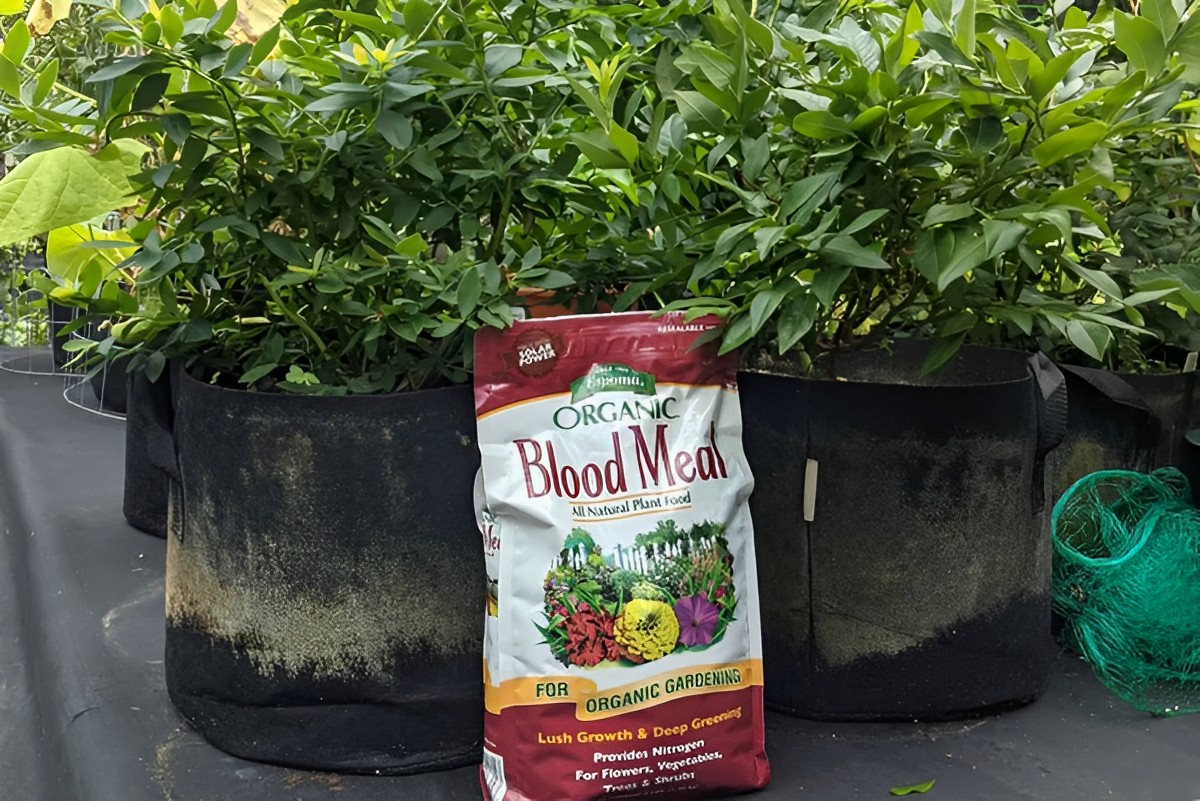
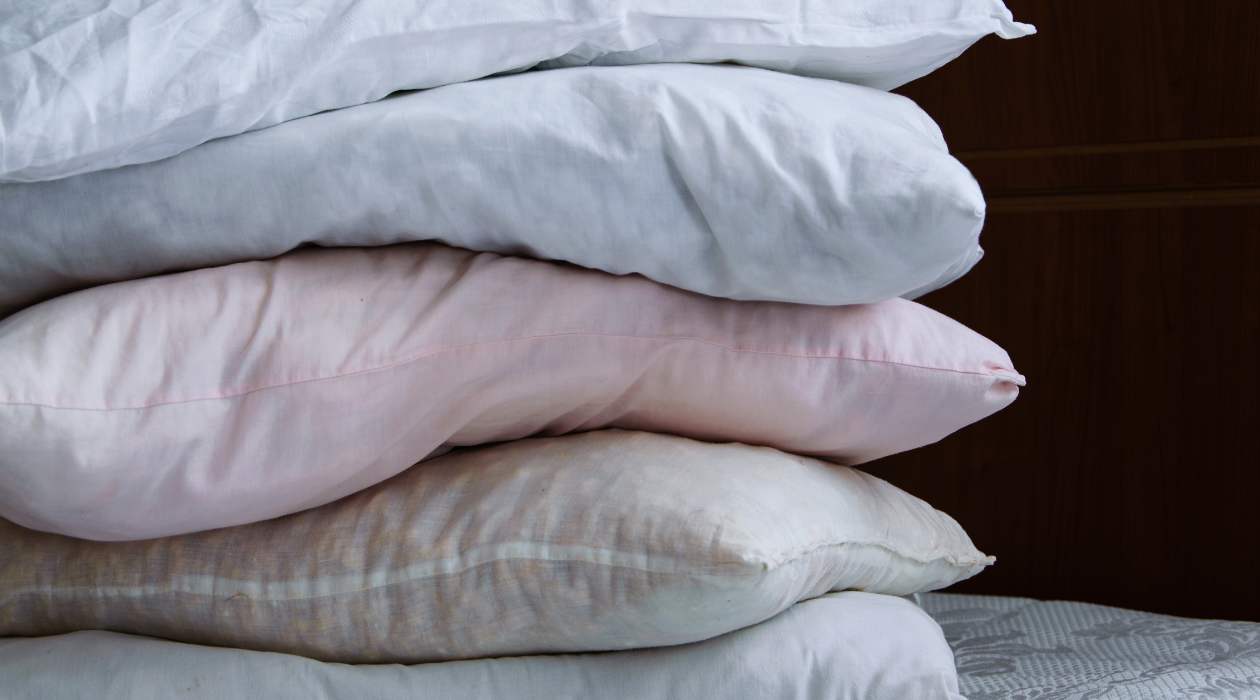


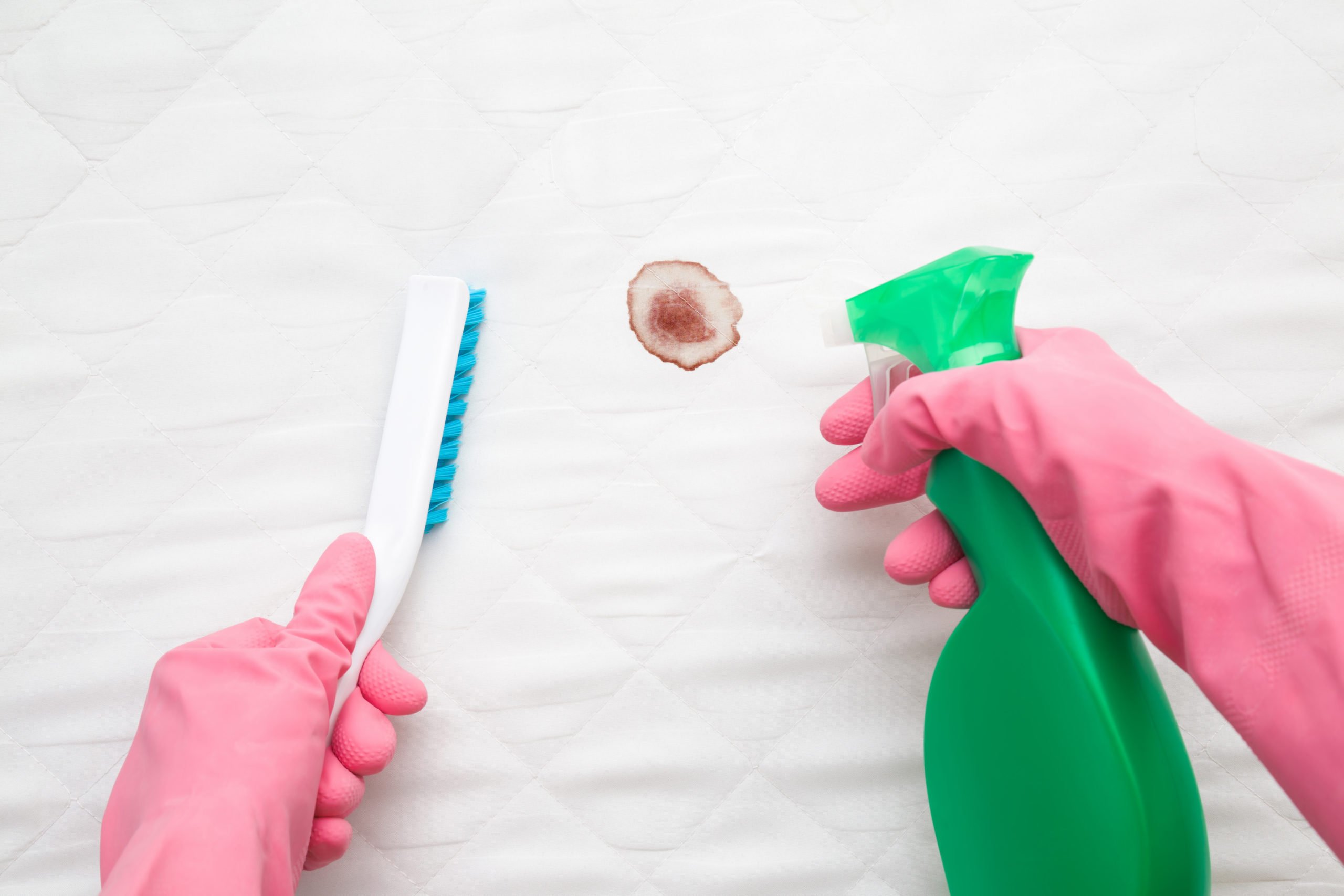
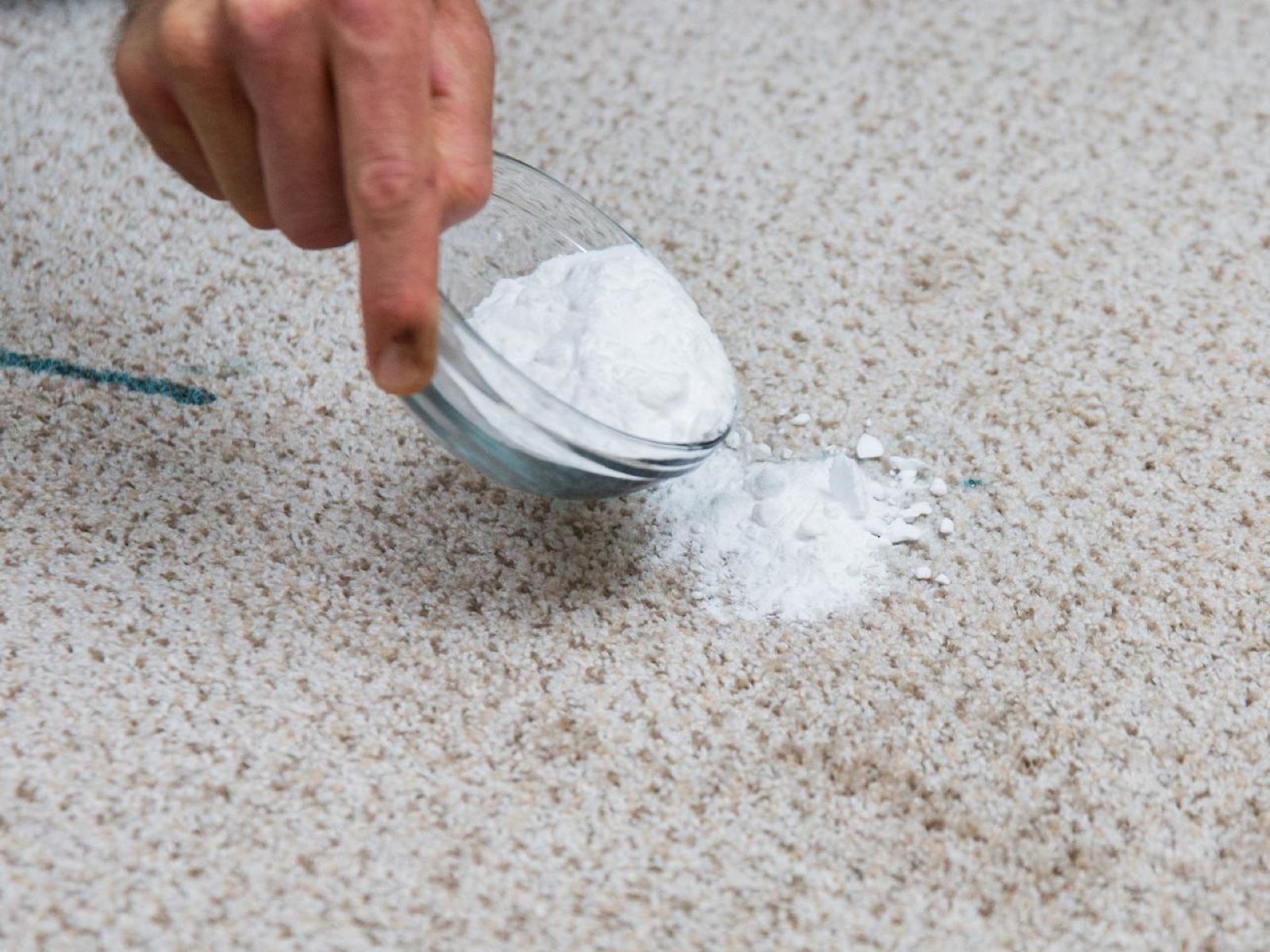

0 thoughts on “How To Store Blood In A Vial”